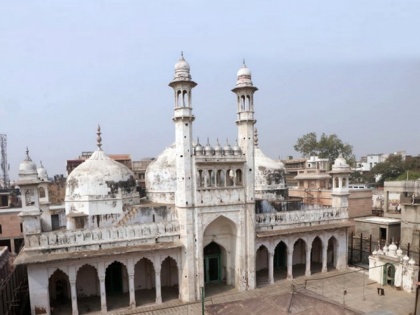Gyanvapi Mosque Row: Varanasi Court Rejects Hindu Side's ASI Survey Petition; Plans to Appeal in High Court
By Lokmat English Desk | Updated: October 25, 2024 19:34 IST2024-10-25T19:09:06+5:302024-10-25T19:34:23+5:30
Today, October 25, marks a significant moment in the ongoing legal dispute over the Gyanvapi mosque, as the Hindu ...

Gyanvapi Mosque Row: Varanasi Court Rejects Hindu Side's ASI Survey Petition; Plans to Appeal in High Court
Today, October 25, marks a significant moment in the ongoing legal dispute over the Gyanvapi mosque, as the Hindu side has faced a major setback. The Senior Division Civil Judge Fast Track Court in Varanasi has dismissed their petition requesting a comprehensive survey of the entire Gyanvapi area by the Archaeological Survey of India (ASI). Hindu side attorney Vijay Shankar Rastogi indicated that the court rejected their application, which sought not only the ASI survey but also enhanced security measures. They intend to appeal this ruling in the High Court.
The Hindu side has asserted that a Shivling is located beneath the main dome of the Gyanvapi mosque and has called for an ASI survey involving excavation. This request has been contested by the Muslim side, who argue that such excavation could potentially harm the mosque structure.
Also Read: Congress MLA Kadian administers oath to 90 Haryana Assembly members
The petition was filed in 1991
In fact, a petition was filed in 1991 by Harihar Pandey, Somnath Vyas, and Ramrang Sharma to gain ownership rights over the Gyanvapi mosque. After nearly two decades of hearings, the Hindu side made two demands in the Senior Division Civil Judge Fast Track Court in Varanasi.
The first demand was for an ASI survey of the ablution area to ascertain whether there is indeed a Shivling or a fountain there. The Hindu side claims that there is a 100-foot Shivling beneath the main dome of the mosque. Therefore, they seek excavation to determine the validity of the Shivling claim without damaging the mosque's structure. It is important to note that the ablution area has been sealed following the Supreme Court's directive.
Open in app